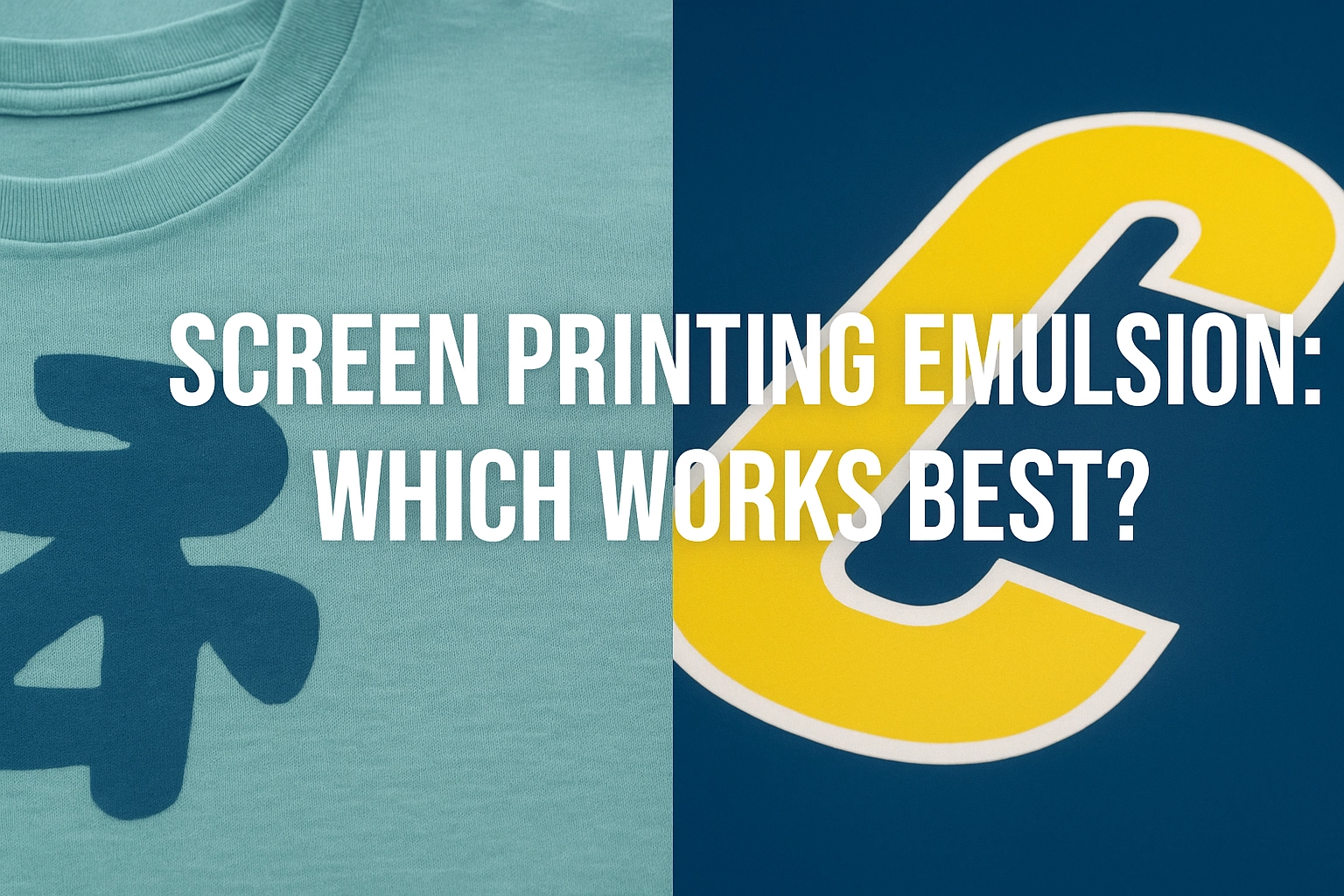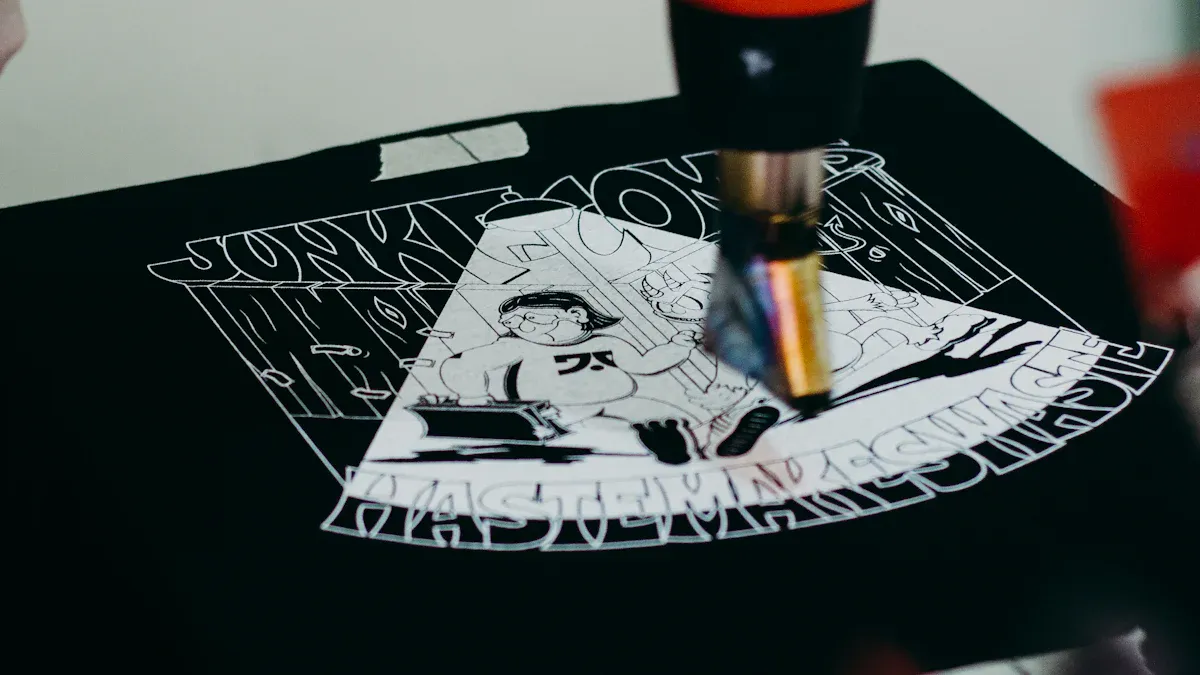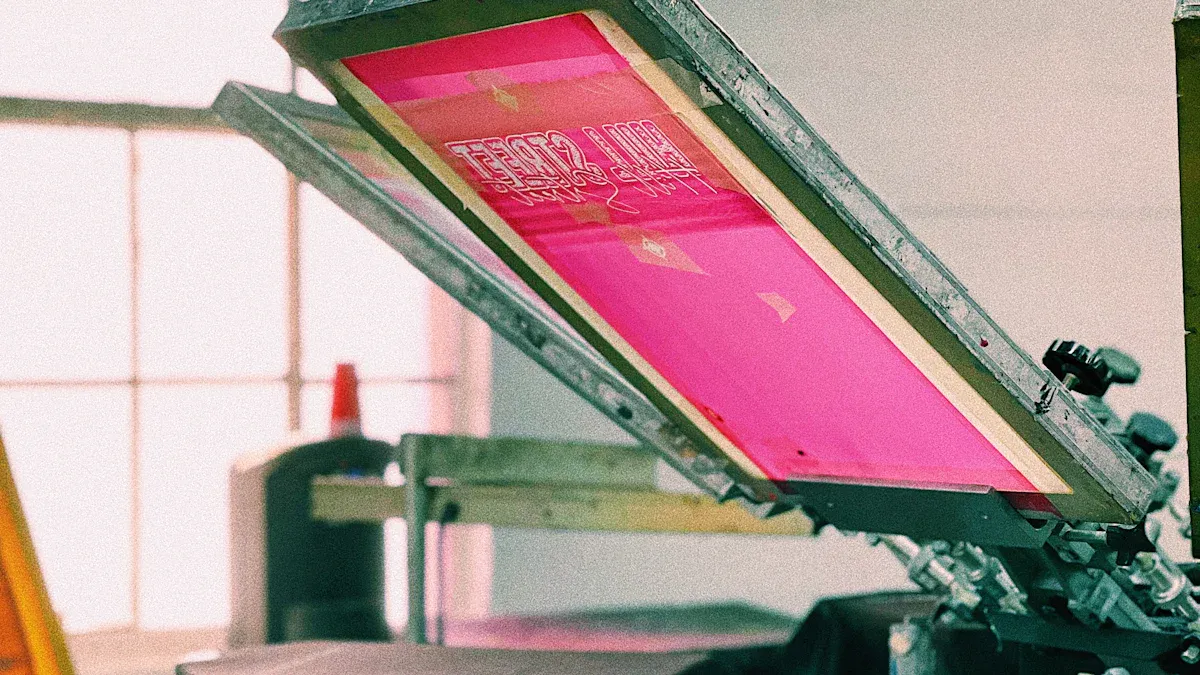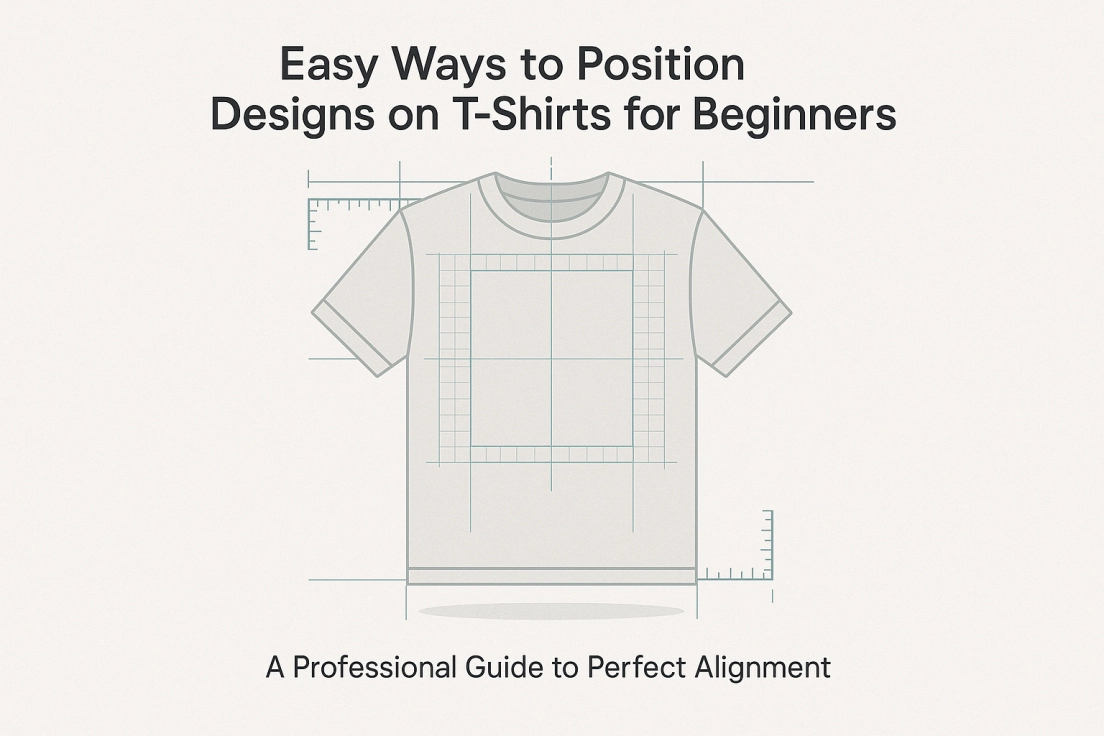How Long Does Screen Printing Last
Want your screen printing machine to produce long-lasting results? You gotta think about materials, inks, and usage conditions. Durability isn’t just about “how long till it dies?” It’s about keeping visuals poppin’ and designs functional. Outdoor signs need to shrug off storms; indoor art prints need to stay vivid. Nail these needs, and your screen printer and screen printing supplies will deliver prints that go the distance.
Factors Affecting Screen Printing Durability
Substrate Material
The substrate’s surface impacts ink adhesion. Cotton, often used with a screen printer for shirts, allows deep ink penetration due to its porous nature, making it ideal for durable T-shirt prints. Smooth surfaces like PVC or metal, if untreated, may cause ink to peel when printed with a screen printing. For instance, untreated aluminum printed with a screen print machine may fail within a year, while treated aluminum can last over 5 years. Choosing substrates compatible with inks (e.g., polyester with plastisol) enhances the performance of your printing machine.
Ink Type and Quality
Ink choice is critical for durability when using a screen printing machine. Common inks include:
- Plastisol: Ideal for T-shirts printed with a screen printer for shirts, it withstands 50+ washes when cured at 160°C for 2 minutes, though under-curing risks cracking.
- Water-based: Eco-friendly and soft, suited for light fabrics, but fades after 20-30 washes.
- UV Ink: UV-resistant, perfect for outdoor signs printed with a screen machine, retaining 90% color after ~2 years of exposure, though 20-30% costlier.
- Ceramic Ink: Fused with glass or ceramics at 600-1200°C, it lasts up to 20 years, ideal for high-end applications.
Low-quality inks fade 50% in 6 months under UV, but premium screen printing supplies (e.g., DuPont, Nazdar) ensure longevity when used with a reliable printing machine.
Printing Process and Technique
The printing process determines the quality of output from a screen printer machine. Mesh count (100-400) must suit the ink and substrate: low mesh (100-150) for thick plastisol ink, high mesh (300-400) for fine water-based designs. Proper curing is vital—plastisol requires 160°C for 2-3 minutes; a 10°C shortfall reduces adhesion by 30%. Blade pressure (20-30N) and angle (60-75°) must be precise to avoid ink bleed or uneven prints. A digital screen printing machine offers ±0.1mm precision, outperforming manual screen printing for consistent results.
Environment and Maintenance
The environment affects prints from a printing machine. Outdoor signs, printed with a screen print machine, face UV (index >8), rain (>1000mm/year), and temperature swings (-20°C to 40°C), fading 20-30% in 2-3 years. Indoor prints, under controlled conditions (20-25°C, low UV), last 3-5 times longer. Maintenance extends life: T-shirts washed cold (<30°C) without bleach retain designs 50% longer; metal signs cleaned with neutral agents avoid corrosion. Proper care maximizes the durability of screen printing supplies.
Screen Printing Lifespan by Material
Textiles (T-shirts, Fabric)
Cotton T-shirts printed with a screen printer for shirts using plastisol endure 40-50 washes (30°C, mild detergent), retaining 80% design. Poly-cotton blends last 20-30 washes due to smoother fibers. Water-based inks on cotton, printed with a screen printing machine, survive 20-25 washes but fade faster. Tips: Pre-shrink fabric to minimize fiber stress; heat-press post-curing (150°C, 10 seconds) enhances ink bonding with a printing machine.
Plastic and Metal
PVC signs, flame-treated and printed with UV ink using a screen printing machine, last 5-8 years with <15% color loss. Untreated plastics may peel 50% in 1-2 years. Metal with epoxy primer, printed via a screen printing, endures 8-10 years, passing 1000-hour salt spray tests (ISO 9227). Coastal areas accelerate aging; a 20-30μm varnish layer protects prints from a printing machine.
Paper and Cardstock
Heavy coated paper (250g/m²) with UV ink, printed using a screen printer, lasts 3-5 years indoors with <10% fading. Standard paper deforms in humidity, lasting 1-2 years. PP lamination (15-20μm) extends life to 5-7 years. Outdoor posters, printed with a digital screen printing machine, need synthetic paper and UV ink, retaining 85% color after 1000 hours (Q-SUN Xe-3).
Glass and Ceramics
Ceramic ink, sintered at 800-1200°C with a screen printing machine, bonds permanently, enduring 5000 abrasion cycles (ASTM D4060) and lasting 20 years for dishware or tiles. Glass bottles with low-temp UV ink, printed via a screen print machine, survive 500 dishwasher cycles (60°C) with 90% design intact but may fade slightly after 3-5 years. Avoid thermal shock (>50°C) to protect the substrate.
| Material | Typical Lifespan | Key Factors | Recommended Ink |
|---|---|---|---|
| Textile | 20-50 washes | Pre-treatment, washing, ink type | Plastisol, Water-based |
| Plastic/Metal | 2-10 years | Surface prep, coating, corrosion | UV, Solvent-based |
| Paper/Card | 1-7 years | Paper type, lamination, UV exposure | UV, Water-based |
| Glass/Ceramic | 5-20 years | Sintering temp, ink type, thermal shock | Ceramic, UV |
Practical Ways to Extend Screen Printing Lifespan
Cleaning and Care
- Textiles: Wash cold (<30°C), inside out, no bleach (pH>9), air dry. Cold washing extends life 30-40% vs. hot (40°C).
- Plastic/Metal: Wipe with neutral cleaner (pH 6-8), avoid alcohol/acetone. Reapply varnish if worn.
- Glass/Ceramic: Sintered prints from a screen printing machine are dishwasher-safe (<60°C); low-temp prints need hand-washing with soft sponges.
Storage
- Textiles: Fold, avoid sunlight (UV index >4) and humidity (>70%) to prevent oxidation.
- Paper: Store in acid-free sleeves at 15-25°C, 40-50% humidity.
- Plastic/Metal: Keep from heat (>50°C) and corrosive gases, wrap in PE film.
Protective Coatings
- Lamination: BOPP film (15μm) on paper adds durability, ~0.1 CNY/cm².
- Varnish: Polyurethane varnish (20-30μm) on plastic/metal resists UV, ~0.2 CNY/cm².
- Waterproof Spray: Nano-coating on textiles reduces wash damage, ~1-2 CNY/item.
Steps:
- Clean substrate before printing with a screen printer machine (IPA wipe).
- Verify curing post-print, extend drying if needed (+10-20%).
- Apply protective coating evenly.
- Store in sealed, dust-proof packaging.
- Maintain regularly: check textiles every 10 washes, hard surfaces every 6 months.
Testing and Evaluating Screen Printing Durability
Abrasion Resistance
Taber Abraser (ASTM D4060) tests friction cycles before wear. Textiles, printed with a screen printer for shirts, endure 100-500 washes (AATCC 61), passing if 80% design remains. Plastic/metal withstands 1000-5000 cycles. Cost: ~200-500 CNY/sample.
Weather Resistance
Xenon arc chambers (ISO 4892-2) simulate outdoor conditions. Signs from a printing machine need 1000-2000 hours (~2-3 years) with color change ΔE<5. Textiles pass at 500 hours with <10% fading. Cost: ~1000-2000 CNY/sample.
Chemical Stability
Per ISO 2812-1, soak prints in alcohol, detergent, or salt water for 24-48 hours. Ceramic/glass prints from a screen printing machine endure 100 dishwasher cycles, retaining 95% design. Cost: ~300-600 CNY/sample.
Test Scenario:
- Wear resistance: Daily friction from T-shirts and plastic panels.
- Weather resistance: Outdoor billboards and vehicle body stickers are exposed to sunlight and rain.
- Chemical stability: Tableware and industrial parts come into contact with cleaning agents or solvents.
Summary
The lifespan of prints from a printing machine depends on substrate, ink, process, and environment. Cotton T-shirts last 40-50 washes, PVC signs 5-8 years, and ceramic prints up to 20 years. High-quality screen printing supplies, precise screen printer machines, and proper care can extend life by 30-50%. Industry tests ensure durability, making your screen printing machine or digital screen printing machine produce enduring work for T-shirts, signs, and beyond.





